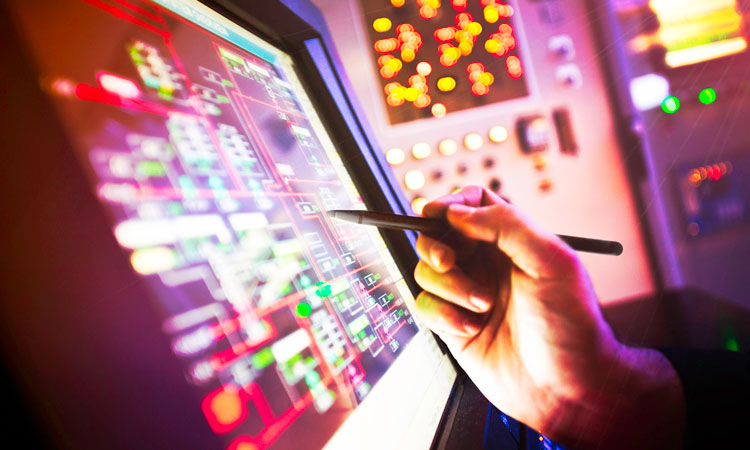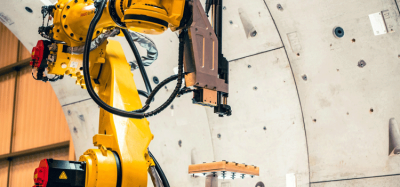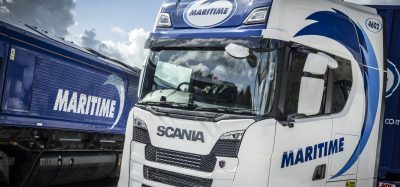UK’s East Coast Main Line digital rail project gains £350 million investment
Posted: 22 June 2020 | Global Railway Review | No comments yet
The new investment will contribute to the development and implementation of digital signalling on the East Coast Main Line.


Credit: Network Rail
The East Coast Main Line is set to become the UK’s first mainline digital rail link after receiving £350 million of new investment to install state-of-the art electronic signalling designed to cut journey times and significantly reduce delays.
This huge cash injection – on top of the £1.2 billion investment already earmarked to upgrade one of the country’s most important rail arteries – will fund the replacement of conventional signalling with a digital system that allows trains to talk to the track. This will smooth the flow of trains, make journeys safer and reduce signal failures that result in thousands of hours of delays every year.
The upgrading of the line is just one element of the UK government’s plan for a 21st century rail network that will help to spread prosperity to all parts of the country – a third of the UK’s population lives within 20 minutes’ reach of an East Coast Mainline station and, together, they produce 41 per cent of gross domestic product (GDP).
Transport Secretary Grant Shapps has accelerated the implementation of digital signalling to speed up the UK’s economic recovery as the country prepares to recover from the COVID-19 crisis. It is part of a wider national plan aimed at introducing digital signalling on to the entire UK rail network.
The new technology allows signallers to know exactly where each train is at every minute of every journey. The East Coast Main Line is a mixed-use railway, with trains of different sizes and speeds – both passenger and freight – all using the same tracks. This smart signalling recognises these different trains, allowing train and track to talk to each other continuously in real-time. This ‘in-cab’ system will result in an end to conventional signalling at the side of tracks – first used in the Victorian era.
The introduction of digital signalling is also set to create high-skilled jobs across the supply chain, helping to boost the economy as part of the UK’s post-COVID-19 recovery.
More than 80 million journeys are made each year on the East Coast Main Line – which links London to Edinburgh – with congestion on the route compounded by signalling nearing the end of its useful life. The upgrade, between London King’s Cross and Stoke Tunnel in Lincolnshire, will ensure that more travellers reach their destinations on time. Delays in the south of the route have a knock-on effect further north, so the modernisation work will make life easier for people along the entire length of the line.
Grant said: “As the country recovers from COVID-19, we want to speed up our economy and reap the benefits of new transport technology. The Victorians gave us the world’s first great rail network, and now it’s our turn to be modern transport pioneers and build on that great tradition. Upgrading this country’s conventional signalling system, and giving drivers technology fit for the 21st century, will boost train performance, cut delays, improve safety and support the supply chain.”
He continued: “This is just the beginning. In time, we will digitise signalling right across the country to make good on our promise of better reliability and punctuality for passengers. Passengers shouldn’t have to worry about missing connections or being late home to see their children, and I’ve been clear that getting the trains to run on time is a personal priority.”
The new funding is in addition to the UK government’s investment of £1.2 billion between 2014 and 2024 to improve passenger journeys on the East Coast Main Line, creating capacity for up to 10,000 extra seats a day on long-distance services, speeding up journeys and improving reliability for passengers.
Development work is already underway, with Network Rail scheduled to introduce digital signalling on further routes – including sections of the West Coast Main Line, Midland Main Line and Anglia from 2026 – which will lead to safer, more reliable, more resilient railways. The UK government has also announced that £12 million is being invested in fitting 33 new trains for the Midland Main Line with digital signalling equipment.
Programme Director of the East Coast Digital Programme, Toufic Machnouk, said: “Today’s announcement is a big step towards transforming the network for the millions of passengers that use the East Coast Main Line and a welcome endorsement of the partnership approach that the rail industry has adopted to deliver Britain’s first inter-city digital railway. The funding detailed by the Secretary of State is very significant and will enable the vital building blocks needed to build a modern, right time railway.”
David Horne, Managing Director of London North Eastern Railway (LNER) and Chair of the East Coast Digital Programme’s Industry Steering Board, said: “After LNER and other operators on the East Coast successfully introduced brand new fleets, in-cab signalling will be the next exciting step we take to maximise the benefits of the technology that Azuma and all the trains on this route offer. This investment is good news for all customers, who will see even more improvements in services, reliability and sustainability.”
Related topics
Digitalisation, Funding & Finance, Signalling, Control & Communications








